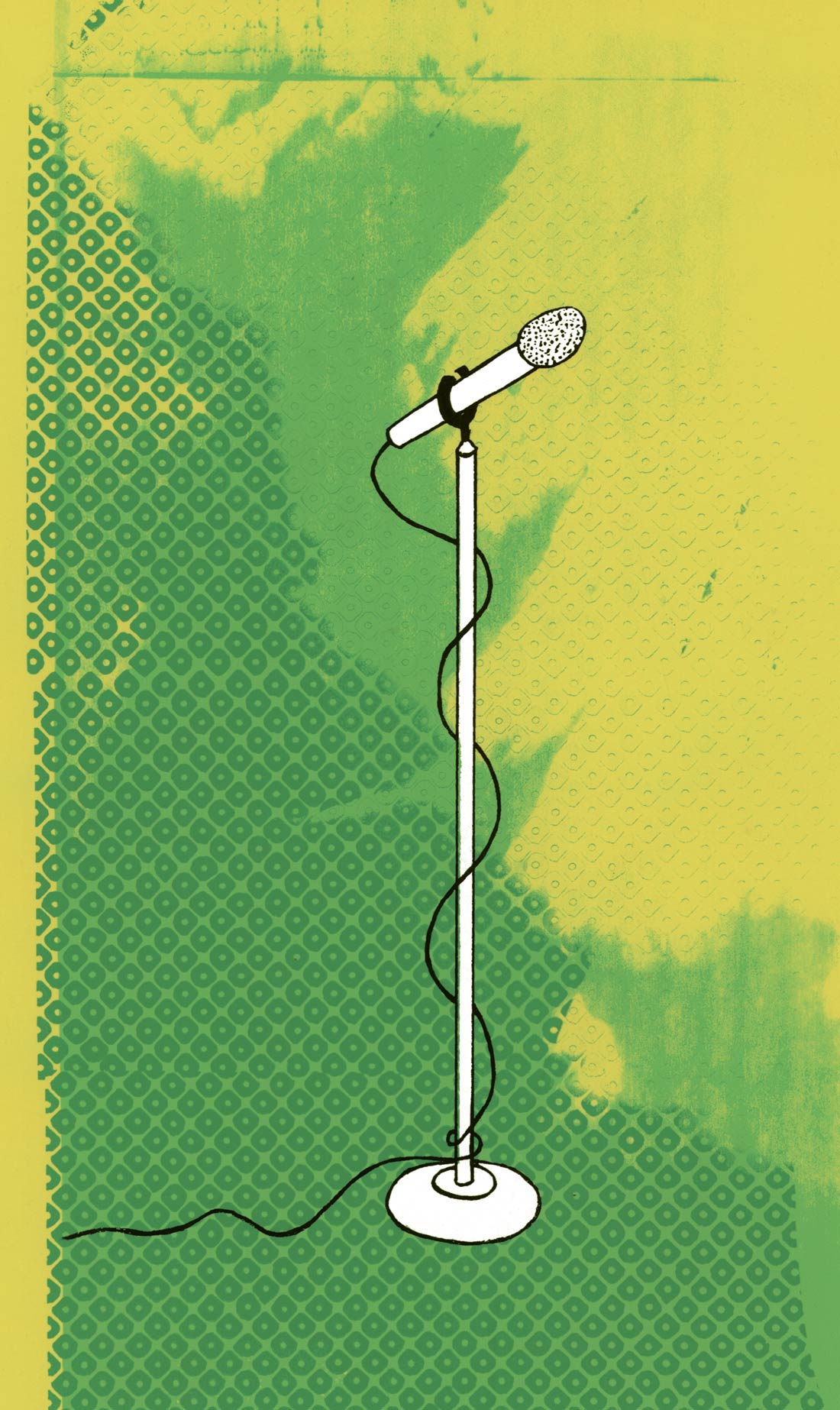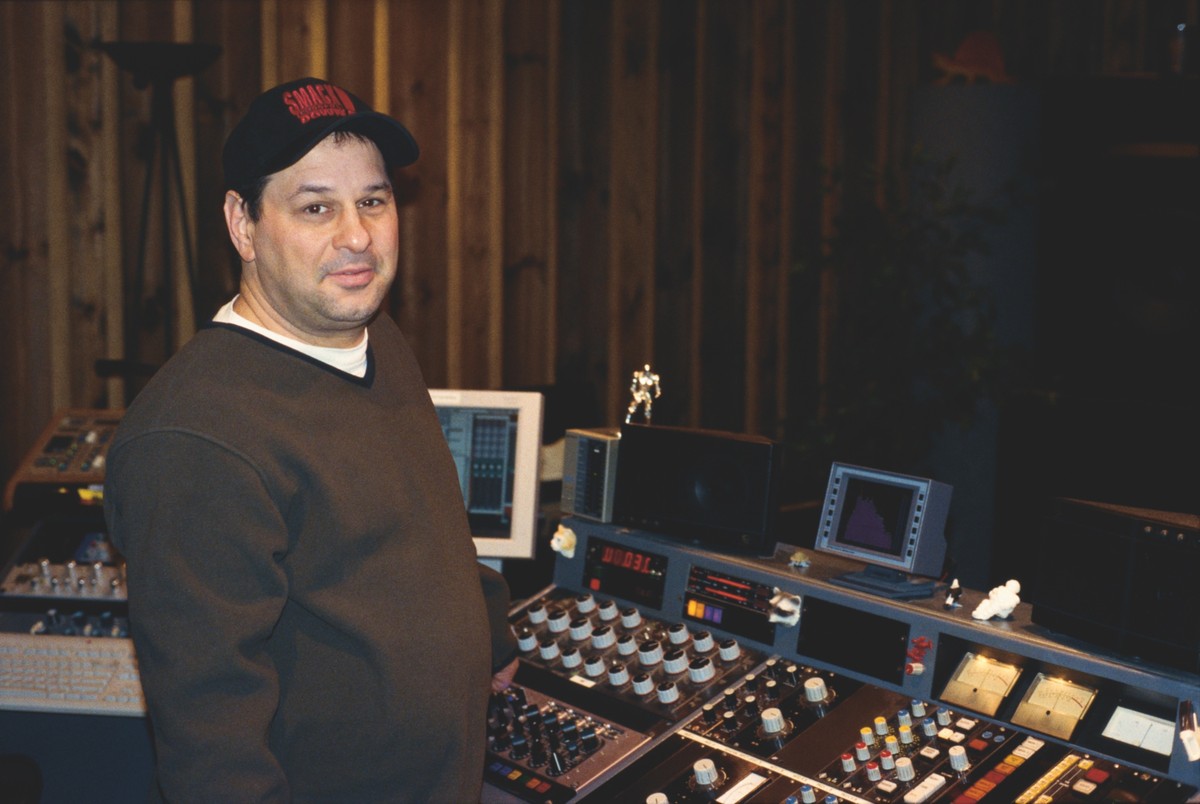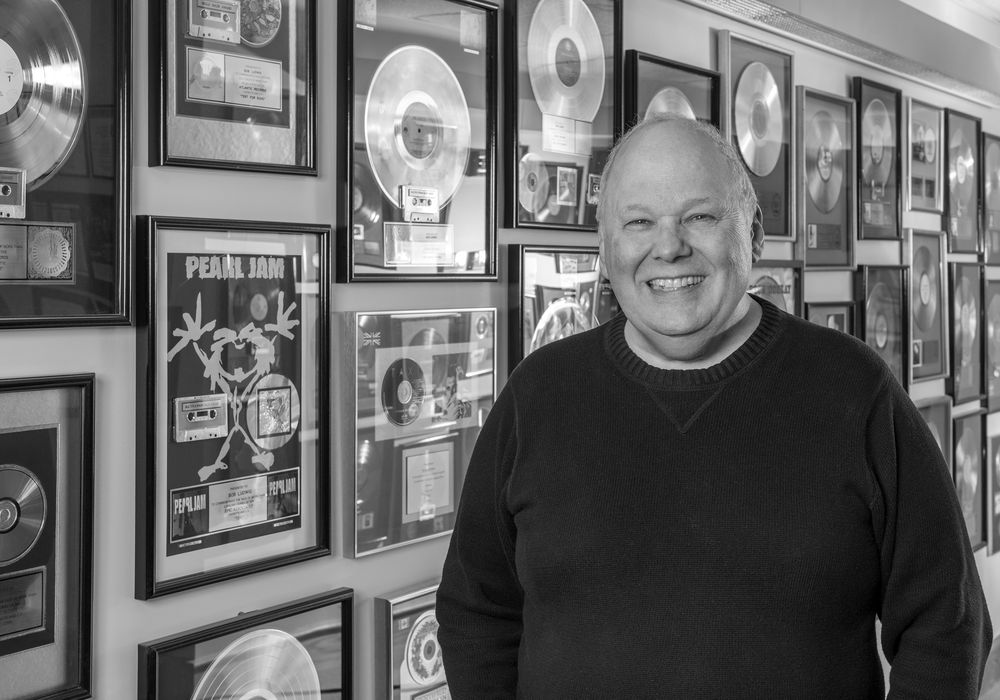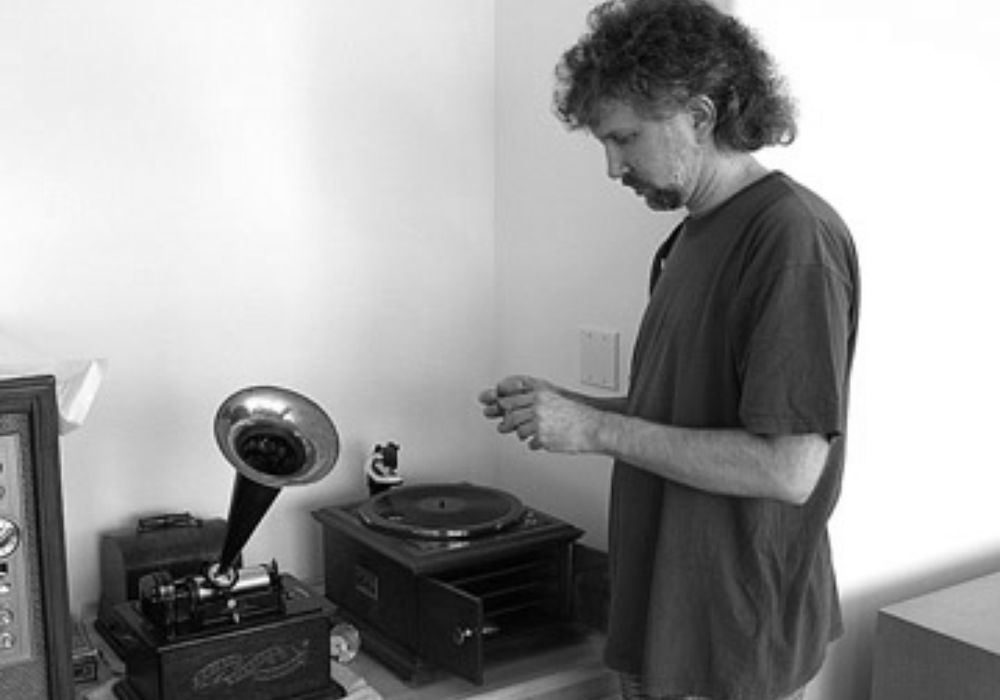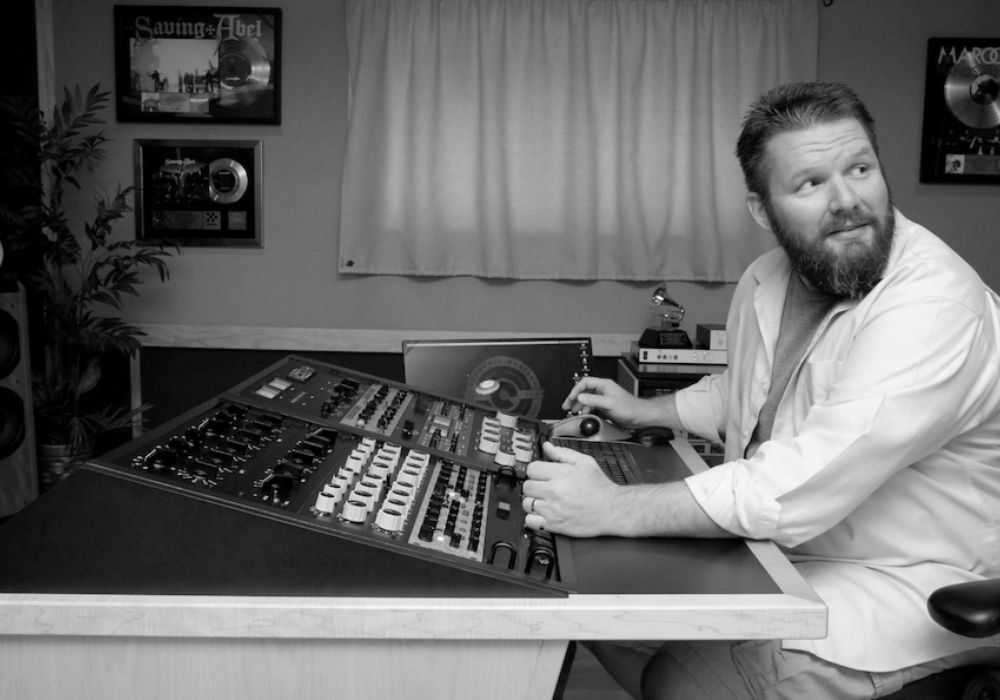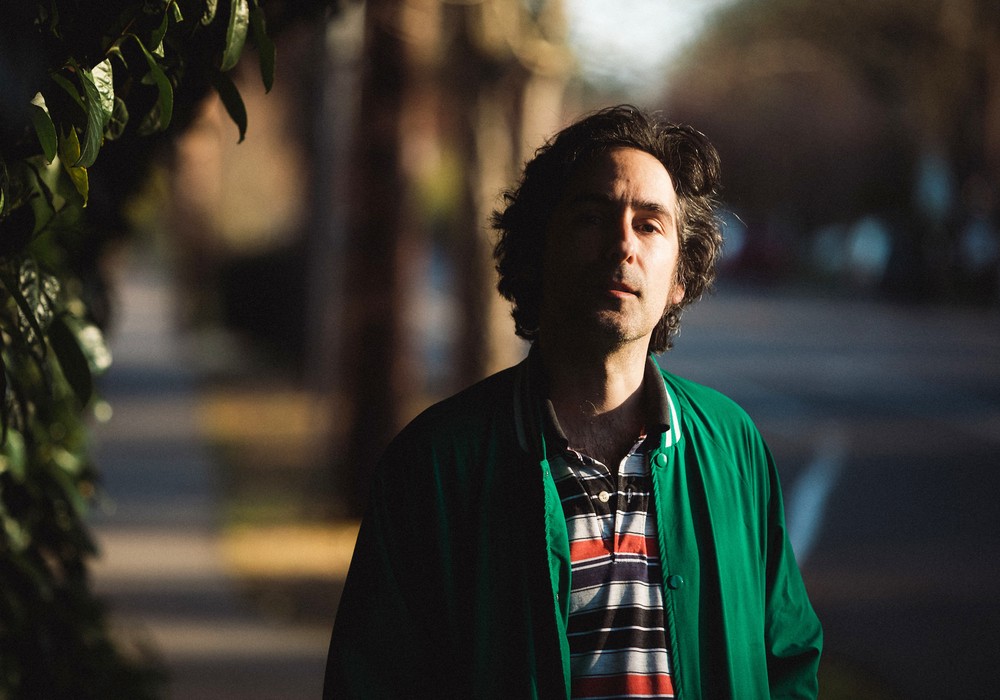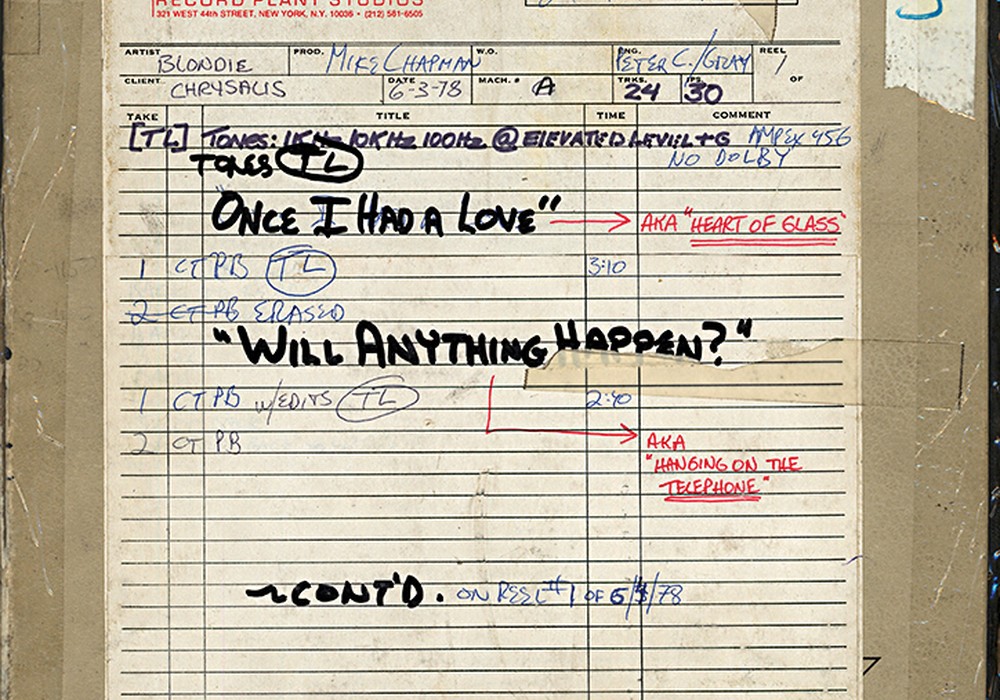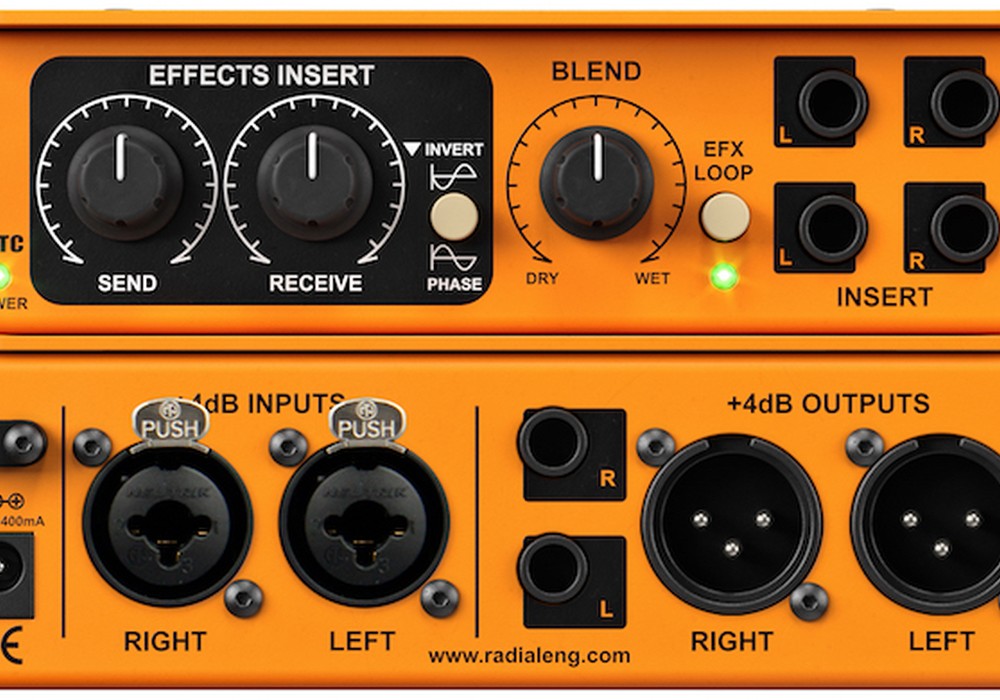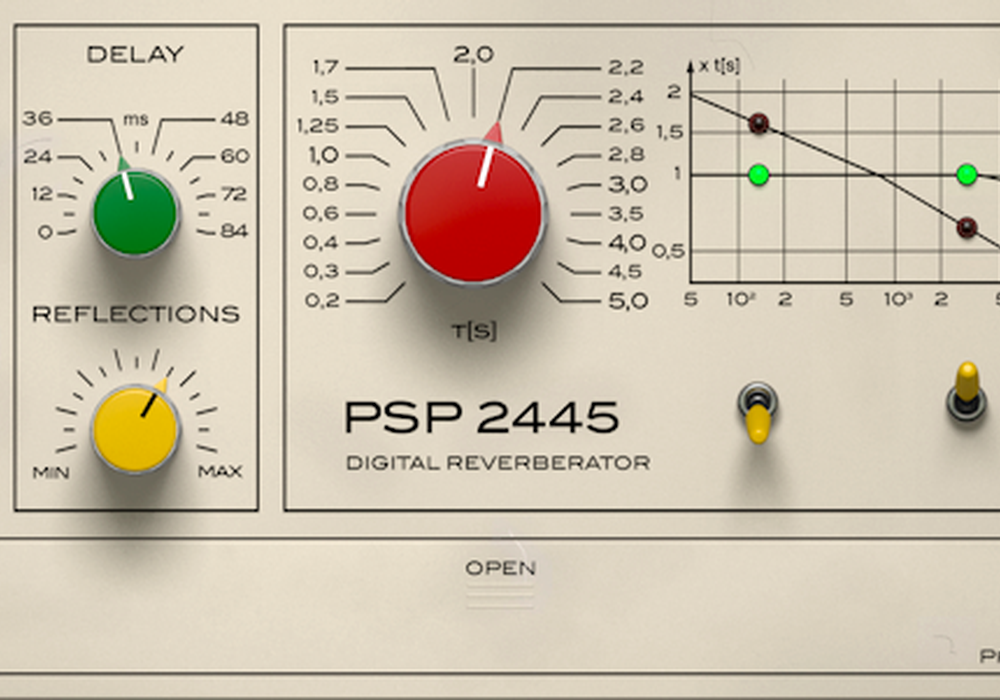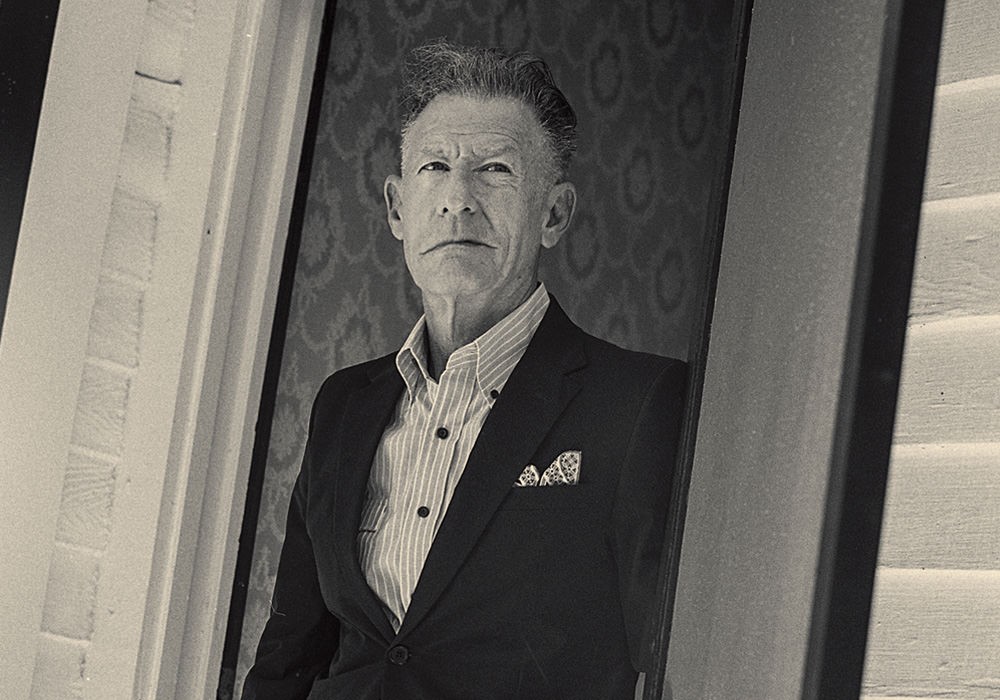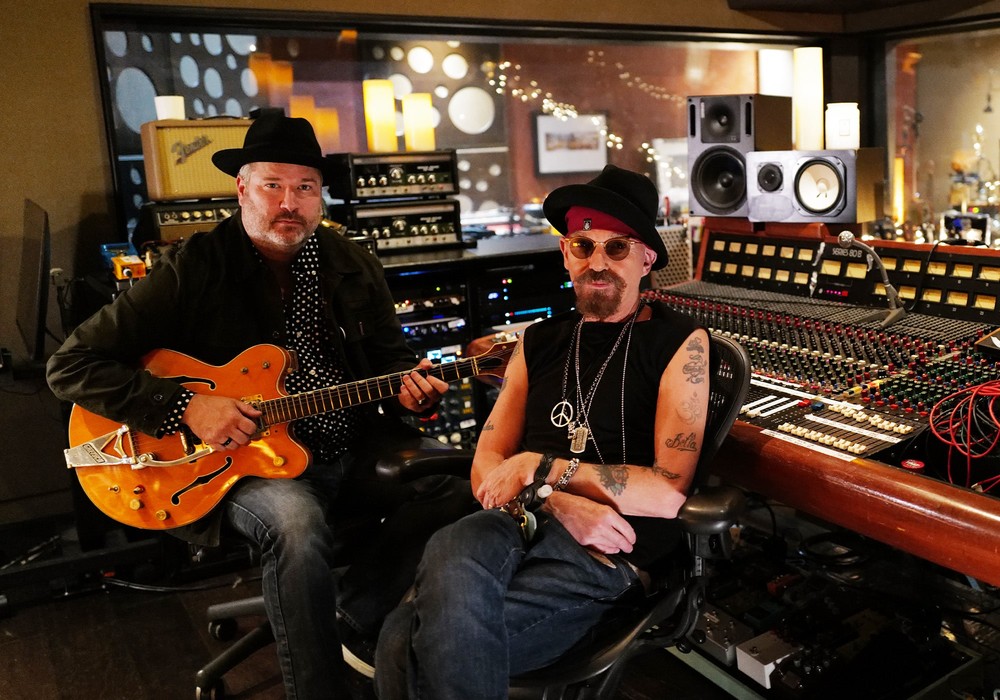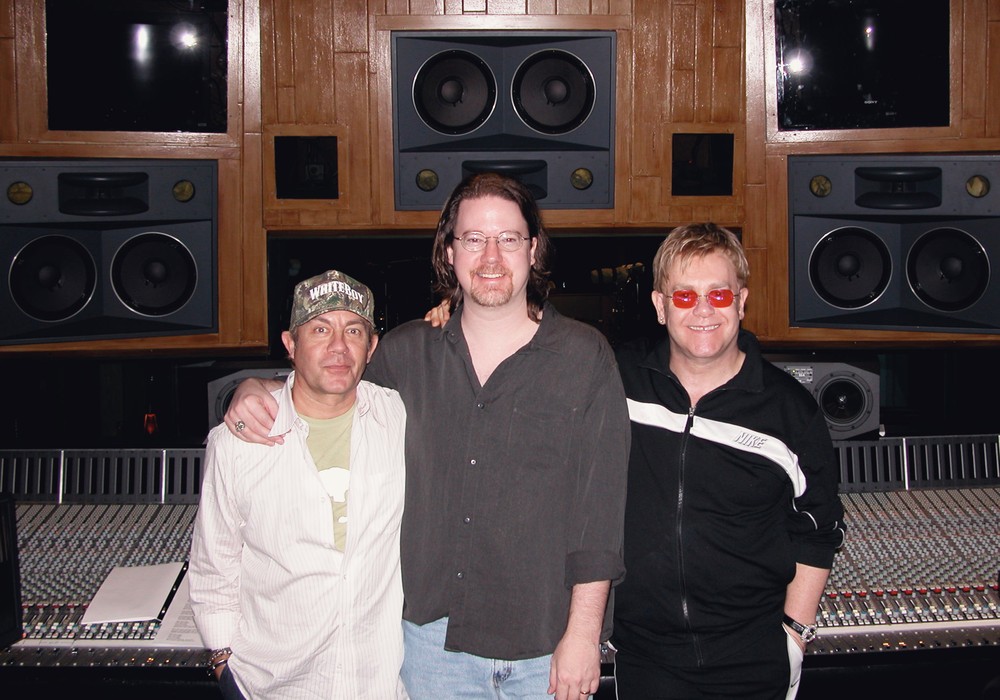Howie Weinberg got his start in the Masterdisk mailroom, believe it or not. As a huge fan of music, Howie sought a purpose to support his passion, and he had always dreamed of working in the field of audio engineering. Attracted by Masterdisk's reputation as the home of some of the finest mastering engineers in the world, Howie apprenticed at the facility, starting in 1977, determined to become one of them and to work with the most creative and unique artists from all over the world. His persistence paid off. Weinberg learned and perfected his craft there, and built a discography that includes artists such as The Clash, Beastie Boys, U2, Nirvana, The Ramones, Smashing Pumpkins and Public Enemy.
Taking a break from mastering the latest album by Elvis Costello, Howie Weinberg spoke at length, providing insight into the murky process of mastering and the precarious route taken in becoming one of the more famous men behind the mastering console.
Unlike the processes of recording and mixing, which are both rather straightforward, many people are unsure of what takes place during mastering.
Though you could describe the process a few different ways, mastering is basically the last opportunity to do anything creative on the record, along with being the first stage of the manufacturing process. I've always thought of mastering as taking a piece of work, something that's been written, practiced, recorded and mixed down to two tracks, and fine- tuning the texture of the recording. It could be filtering or adding more bottom to the mix or changing the compression. It's very important to be familiar with the client. A lot of times the artist is very happy with the way the recording has been mixed and it's just a matter of me adding a little more spice — adding some salt and pepper. Try to think of mastering as 2-track mixing. I receive the mixed recording in all different formats — 1/4" or 1/2" tape running at either 15 or 30 inches per second, or maybe DAT or Pro Tools, usually recorded in 16 or 24 bit resolution. The analog formats tend to have more coloring along with the sound that people are most familiar with hearing. Analog has the punchy bottom and the warmer top. The 16 or 24 bit high-resolution, digital recordings have the least amount of coloring and sound closer to what was originally played in the studio. Sometimes the digital format sounds almost too clean or too perfect. With analog everything is in your face and sounds tight and powerful. I receive the 2-track mix on whichever format and then make sure that each sound is consistent with the way the musician originally intended. I tweak the mix so that the recording sounds smooth and the levels stay even. It's a very slow and exact process that requires great attention to detail.
Could you describe the differences between analog and digital recording? Specifically the disparity between 15 and 30 ips analog and 16, 20, and 24 bit digital?
Ips or, inches per second, is a term that applies to analog recording. Ips describes the speed that the tape is moving and the amount of music being recorded per inch of tape. The higher the ips speed, the deeper the resolution of the recording. It is similar to EP and SP in relation to VHS. The video recorded in EP isn't as sharp as the same image recorded in SP. 16, 20 and 24 bit resolution applies to digital recording. Like inches per second, the bit rate determines the resolution or clarity of the recording. The higher the bit rate, the more data. 15 ips was the standard speed at the beginning of professional recording. It wasn't until the late 1970s that a faster tape speed was adopted. And it wasn't until more recently that people started recording digitally. The general characteristic of 15 ips recordings is that classic "wall of sound" feel, music with a big build up of bottom and less clarity on the top end. Like everything in art and specifically, music, preferences are entirely subjective. You could record a piece of music in both 15 and 30 ips, play them both back and decide that the piece recorded at 30 ips sounds better. Or vice versa. With recording there are so many variables and every little alteration changes the overall sound. Ideally, the way to go about recording is to try each format to see which is most suited for your recording. Of course this is rather expensive and most artists trust the engineer to decide which speed, ips or bits, is most appropriate. During the mastering of the most recent Pantera album, the band came into the studio with recordings in 16, 20 and 24 bit and in the end the 20 bit sounded best. It ended up being the happy medium between the two. In fact, few artists still work with 20 bit. It seems that 16 and 24 bit are the most prevalent these days. There is a lot of attention focused on recreating the live sound as played in the studio. The 24 bit recordings tend to...
